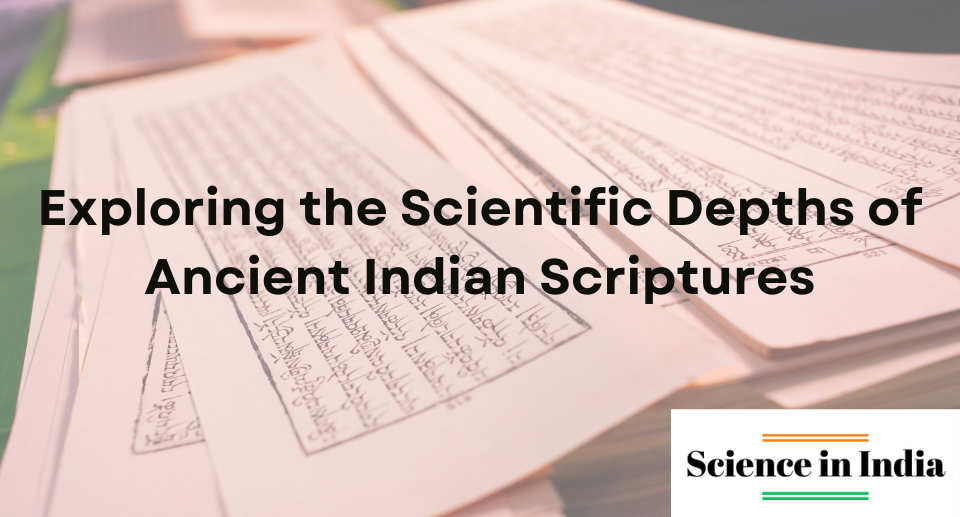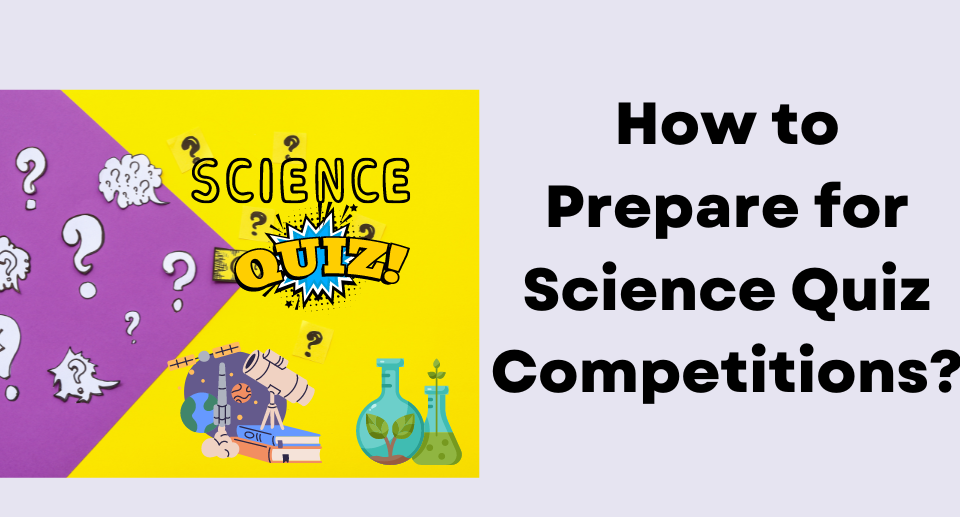Exploring the Scientific Depths of Ancient Indian Scriptures

In the vast tapestry of human history, few civilizations have contributed as profoundly to the collective knowledge of mankind as ancient India. Scholars like Aryabhatta, Kanad, Brahmagupta, Varahamihira, Baudhayana, Sushruta, and Charaka laid the foundations for various scientific disciplines long before modern technology emerged. Their groundbreaking work, often inscribed in ancient scriptures, has inspired countless Western scientists. Yet, despite their monumental contributions, much of their research remains underexplored in contemporary times.
To truly appreciate the legacy of these ancient scholars, one must delve into the depths of the Vedas, Upanishads, and other classical texts. These scriptures are not mere religious or philosophical manuscripts; they are compendiums of profound scientific knowledge and understanding. They offer insights into the fundamental principles of the universe, human existence, and the intricate balance of nature.
The Contributions of Ancient Indian Scholars
Aryabhatta (476–550 CE) is renowned for his work in mathematics and astronomy. His treatise, the Aryabhatiya, introduced the concept of zero as a number, detailed the place-value system, and offered methods for calculating the circumference of the Earth and the positions of celestial bodies. Aryabhatta’s work laid the groundwork for the development of trigonometry and algebra, influencing scholars both in India and abroad.
Kanad, an ancient philosopher, founded the Vaisheshika school of Indian philosophy, which postulated that all matter is composed of indivisible particles called “anu” (atoms). His atomic theory, remarkably similar to modern atomic theories, underscores the advanced understanding of matter in ancient India.
Brahmagupta (598–668 CE) made significant contributions to mathematics and astronomy. His work, Brahmasphutasiddhanta, provided comprehensive rules for arithmetic operations involving zero and negative numbers, solutions to quadratic equations, and calculations of astronomical phenomena. His methods influenced both Islamic and European mathematics.
Varahamihira (505–587 CE) was a polymath whose works encompassed astronomy, astrology, and meteorology. His Brihat Samhita is a treasure trove of knowledge on various subjects, including planetary movements, eclipses, rainfall prediction, and even earthquake forecasting.
Baudhayana is credited with some of the earliest works on geometry and algebra, including the Baudhayana Sulbasutra. This text contains rules for constructing altars and geometric shapes, including what is now known as the Pythagorean theorem, centuries before Pythagoras.
Sushruta, often regarded as the “father of surgery,” authored the Sushruta Samhita, a seminal text on surgery and medicine. This ancient treatise describes various surgical procedures, including cataract surgery, rhinoplasty, and the treatment of fractures, along with detailed anatomical knowledge.
Charaka is celebrated for the Charaka Samhita, one of the principal texts of Ayurveda, the traditional system of Indian medicine. His work covers various aspects of medicine, including diagnostics, treatment, and the importance of diet and lifestyle in maintaining health. Charaka’s contributions laid the foundation for holistic health practices that are still relevant today.
The Need to Reconnect with Our Roots
Despite these profound contributions, modern India has often overlooked the scientific heritage embedded in its ancient texts. To bridge the gap between our illustrious past and a promising future, we must rediscover and reinterpret these ancient scriptures. Doing so will not only honor our ancestors but also provide valuable insights into contemporary scientific inquiries.
Our existence as humans is deeply intertwined with nature. The ancient Indian scriptures emphasize harmony between humanity and the natural world, advocating for sustainable living and respect for all life forms. The Vedas and Upanishads, for instance, explore the interconnectedness of the universe, suggesting that every element has a purpose and contributes to the whole.
Modern Indian Scientists and the Continuation of Ancient Wisdom
Several modern Indian scientists have endeavored to connect ancient wisdom with contemporary science. Notable figures include:
- C.V. Raman, who, inspired by the scattering of light described in ancient texts, made groundbreaking discoveries in the field of light scattering, leading to the Raman Effect.
- Satyendra Nath Bose, whose work on quantum mechanics and collaboration with Albert Einstein led to the development of Bose-Einstein statistics and the concept of the Bose-Einstein condensate.
- Jagadish Chandra Bose, who conducted pioneering research in plant physiology and biophysics, drawing on ancient Indian botanical knowledge.
- A.P.J. Abdul Kalam, who, beyond his contributions to aerospace engineering, often emphasized the importance of integrating ancient wisdom with modern technology for sustainable development.
A Call to Action
To truly understand our place in the universe and our role in the betterment of life on Earth, we must revisit our ancient scriptures and explore their scientific underpinnings. This endeavor requires a multidisciplinary approach, blending the rigor of modern science with the philosophical depth of ancient wisdom.
As we stand at the crossroads of past and future, it is time to explore our ancient scriptures and their connection to science and nature. By doing so, we can uncover the timeless truths that govern our existence and harness this knowledge to create a harmonious and sustainable world.



1 Comment
[…] book. We regularly stress how ancient Indians contributed to the world. Our recent article, “Exploring the Scientific Depths of Ancient Indian Scriptures,” delves into this rich heritage. We also have a separate category, “Connecting Past […]